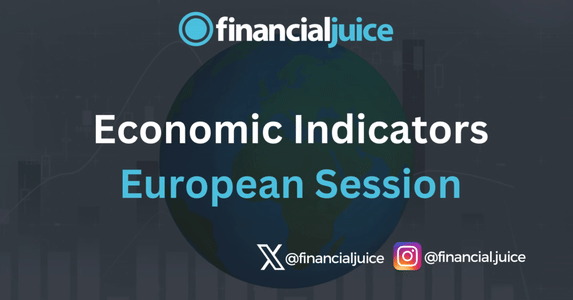
Week Ahead: Economic Indicators (EU)
6th February Tuesday
2 AM ET
German Industrial Orders MoM
The data present a detailed breakdown by various sectors and a reading of the pulse of a major sector of the economy. Like the PPI, manufacturing orders data exclude construction, which is the preferred Eurostat measure.
The manufacturers’ orders data rank among the most important early indicators for monitoring and analyzing German economic wellbeing. Because these data are available for both foreign and domestic orders they are a good indication of the relative strength of the domestic and export economies. The results are compiled each month in the form of value indexes to measure the nominal development of demand and in the form of volume indexes to illustrate the price-adjusted development of demand. Unlike in the U.S., orders data are not collected for all manufacturing classifications – but only those parts in which the make-to-order production plays a prominent role. Not included are, for example, mining, quarrying and the food industry.
How Does It Affect the Markets?
A higher than expected reading should be taken as positive/bullish for the EUR, while a lower than expected reading should be taken as negative/bearish for the EUR.
Investment Bank Views
Morgan Stanley sees Industrial production declining by 0.9% reflecting weakness in manufacturing and low activity in the construction sector.
5 AM ET
Eurozone Retail Sales
Retail sales measure goods that are sold to the consumer or end-user, generally in small quantities and in the state in which they were purchased by the retailer. Eurozone retail sales are reported monthly, in volume terms and exclude autos and motorcycles. A limited sector breakdown is presented in the first release but much more detail is available in the following period’s release.
How Does It Affect the Markets?
The pattern in consumer spending is often the foremost influence on stock and bond markets. For stocks, strong economic growth translates to healthy corporate profits and higher stock prices. For bonds, the focus is whether economic growth goes overboard and leads to inflation. Ideally, the economy walks that fine line between strong growth and excessive (inflationary) growth. The euro can have a bullish reaction if the data is stronger than expected.
In the current environment, stronger retail sales could lead to a weakening in stocks and bond prices, as it could mean inflation sees a rise the stronger data is. Because the data is old, there isn’t really a market reaction.
Europe Construction Reports
Euro Area nations 3:30 AM ET/UK 4:30 AM ET
It measures the activity level of purchasing managers in the construction industry. A reading above 50 indicates expansion in the construction industry; a reading below indicates contraction.
ECB 1 Yr & 3 Yr CPI Expectations
A monthly survey of around 14,000 consumers that represents expectations for 1 & 3 Yr inflation ahead. The figures are used for policy analysis by the ECB.
How does it affect the markets?
Although it represents consumer views on inflation and it analysed by the ECB, the market reaction isn’t very strong, most of the time. Markets use it as a way to try and anticipate change in policy, but doesn’t reflect as an immediate reaction.
Wednesday 7th February
2 AM ET
German Industrial Production
Industrial production measures the physical output of the nation’s factories, mines and utilities. Data are collected from companies in the sector with fifty or more employees and include mining and quarrying, manufacturing, energy and, in contrast to its Eurozone counterpart, construction.
Investors want to keep their finger on the pulse of the economy because it usually dictates how various types of investments will perform. The stock market likes to see healthy economic growth because that translates to higher corporate profits. The bond market prefers more subdued growth that will not lead to inflationary pressures. By tracking economic data such as industrial production, investors will know what the economic backdrop is for these markets and their portfolios.
How Does It Affect the Markets
A stronger than expected report can lead to some firming in the euro, and vice versa. The main reason being is the industrial sector is being more productive, which will lead to stronger GDP growth.
Friday
2 AM ET
German Inflation Report
Two variations are provided of Germany’s inflation. The most notable one, and the one the ECB refers to is the HICP (Harmonized Index of Consumer Prices) figure. The figure is compared to other Eurozone nations to provide an overall figure.
The consumer price index is the most widely followed indicator of inflation. An investor who understands how inflation influences the markets will benefit over those investors that do not understand the impact. In countries such as Germany where monetary policy decisions rest on the central bank’s inflation target, the rate of inflation directly affects all interest rates charged to business and the consumer. As a member of the European Monetary Union, Germany’s interest rates are set by the European Central Bank.
How Does it Affect the Markets?
Stronger inflation reads can lead to the ECB rethinking their forecast for rates. In the current circumstance, stronger inflation may mean the ECB has more conflicting argument as it when the ECB starts cutting rates, and in turn can lead to traders repricing their expectations.




